Sciatica is a painful condition that occurs when the sciatic nerve—the largest nerve in the body—becomes compressed, irritated, or inflamed,…
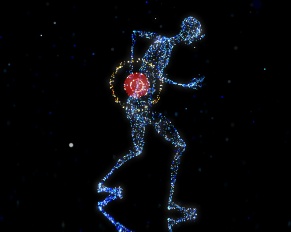

Sciatica is a painful condition that occurs when the sciatic nerve—the largest nerve in the body—becomes compressed, irritated, or inflamed,…
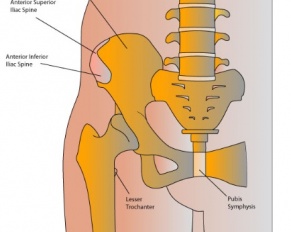
The Role of Physical Therapy in Sacroiliitis Treatment Sacroiliitis is a painful condition that affects the sacroiliac joints, located where…
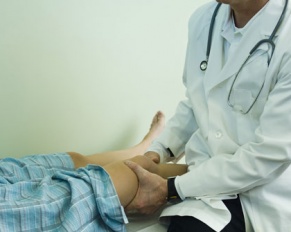
An estimated 80% of the population experiences back pain– especially lower back pain– at one point or another in their lifetime. While still prevalent, leg pain can stem from back pain, but it occurs less frequently. Leg pain tends to be both bothersome and debilitating, potentially limiting an individual’s daily activities. Patients consulting a spinal care look to a doctor to administer treatment for quick pain relief; more importantly, patients want doctors to provide answers to the cause of their discomfort. But in the end, patients fail to understand that the answer may not be as clear-cut as they believe.
In reality, a wide spectrum of spinal conditions can lead to instances of both back and leg pain.
For example, Peripheral Artery Disease (PAD) can trigger leg pain, coupled with back pain. PAD refers to the buildup of plaque along artery walls and the subsequent blocking of blood vessels in the legs. This, in turn, restricts the amount of oxygen nourishing the leg muscles and causes discomfort in patients’ legs and back. But combined leg and back pain can also be a harbinger of a life-threatening condition called Deep Vein Thrombosis. This serious condition refers to the formation of blood clots in the deep veins in the body. If the clot breaks free, it can be dangerous and clog a smaller vessel, thereby culminating into a stroke.
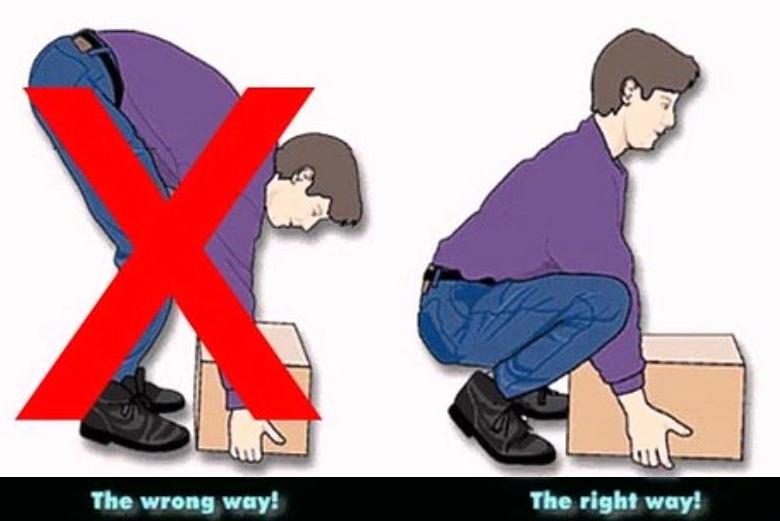 Unless you live in a warm-weather state where you can enjoy (or merely tolerate) doing yard work all year around, once the last of the snow has disappeared, it is time to start thinking about yard work once again. Even if you’ve been shoveling snow all Winter, you’re likely to use different muscles, plus you will be squatting and bending, as opposed to lifting and throwing the snow. If you have a snow blower, or your spouse or a service takes care of the snow, you might be out of shape somewhat, so, before you plan on doing yard work, you might want to begin by doing stretches, squats and lunges a few weeks before you tackle the raking/thatching and bagging up of debris, or tending to the yard in general. It really will help to be more flexible for the job at hand, and, you sure don’t want to overdo your unused muscles just because you insist on doing all the work in one weekend. That’s the way to likely incur pain in the back, or aching shoulders.
Unless you live in a warm-weather state where you can enjoy (or merely tolerate) doing yard work all year around, once the last of the snow has disappeared, it is time to start thinking about yard work once again. Even if you’ve been shoveling snow all Winter, you’re likely to use different muscles, plus you will be squatting and bending, as opposed to lifting and throwing the snow. If you have a snow blower, or your spouse or a service takes care of the snow, you might be out of shape somewhat, so, before you plan on doing yard work, you might want to begin by doing stretches, squats and lunges a few weeks before you tackle the raking/thatching and bagging up of debris, or tending to the yard in general. It really will help to be more flexible for the job at hand, and, you sure don’t want to overdo your unused muscles just because you insist on doing all the work in one weekend. That’s the way to likely incur pain in the back, or aching shoulders.
Probably the best and most-important advice from a top spine doctor in Summit, New Jersey would be to bend your knees. Those 40-pound bags of topsoil are a challenge for a lot of people once gardening begins in earnest. First you must heft them out of the back of your car and that can strain your back, especially if you twist and turn your torso the wrong way. Why not have a four-wheeled dolly at the ready to move those heavy bags from the car to where they will be used? Also, getting up and down from a kneeling or squatting position may be awkward or difficult for some. Don’t risk damaging your back – why not treat yourself to a rolling garden seat to make gardening easier and more enjoyable?
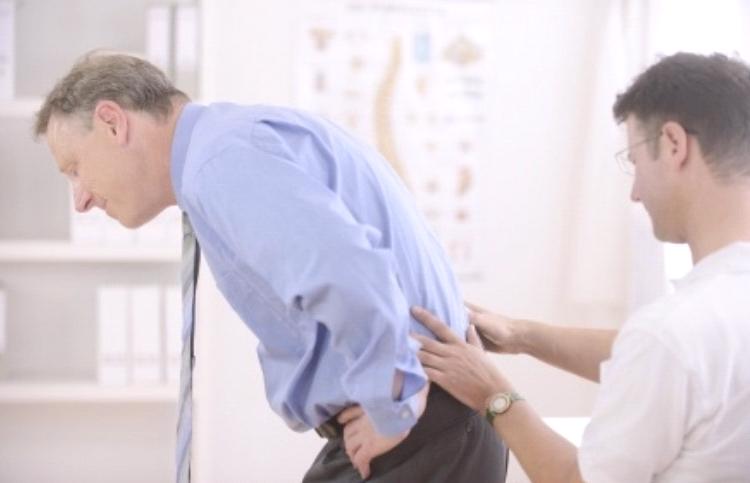 There are several causes of sciatica, which is identified as a painful condition which occurs from soreness or pain that travels from your lumbar or lower spine, to your buttock and all the way down your leg. Sciatica only affects one side of your body, but that one side might as well be both sides for all the pain you will experience. Sciatic pain does not discriminate where it chooses to wreak havoc – it might be a tolerable ache, or an excruciating pain. There are ways to try to thwart sciatica and stop it in its tracks, but many times, other medical issues are the underlying cause of the sciatic problems, thus, the malady is not strictly your own doing. For example, although sciatica is believed to originate from prolonged sitting, even the simple act of coughing or sneezing can cause a sciatica sufferer great discomfort. Sometimes (but rarely), the sciatic nerve can be compressed by a tumor, or damaged by a disease such as diabetes, or, it could become pinched, usually by a herniated disc in your spine, or by an overgrowth of bone (bone spur) on your vertebrae.
There are several causes of sciatica, which is identified as a painful condition which occurs from soreness or pain that travels from your lumbar or lower spine, to your buttock and all the way down your leg. Sciatica only affects one side of your body, but that one side might as well be both sides for all the pain you will experience. Sciatic pain does not discriminate where it chooses to wreak havoc – it might be a tolerable ache, or an excruciating pain. There are ways to try to thwart sciatica and stop it in its tracks, but many times, other medical issues are the underlying cause of the sciatic problems, thus, the malady is not strictly your own doing. For example, although sciatica is believed to originate from prolonged sitting, even the simple act of coughing or sneezing can cause a sciatica sufferer great discomfort. Sometimes (but rarely), the sciatic nerve can be compressed by a tumor, or damaged by a disease such as diabetes, or, it could become pinched, usually by a herniated disc in your spine, or by an overgrowth of bone (bone spur) on your vertebrae.
While the consequences sound dire for a person that suffers from sciatica, the good news is that, for most cases, 90% of sciatica sufferers have a full recovery from a bout of sciatica without the need for surgery.
Some of the triggers for sciatica are listed below. Remember: if pain persists, you should contact a specialist who will evaluate you to determine the appropriate measures to get you feeling more like yourself again a spine specialist in NJ is the answer to your sciatica woes.
 The facts are plain and simple – it is not always possible to prevent sciatica, and sadly, the condition may reoccur after the initial bout with it. What you may initially just pass off as sleeping the wrong way, or feeling uncomfortable after taking a long car trip, resulting in not knowing which way to sit due to the pain, may be sciatica. It most cases, sciatica can be relieved in a matter of weeks. But first, you need to pinpoint whether it is sciatica and what the heck is going on, then do consult with a spine specialist pronto, so that you can get on the road to recovery soon.
The facts are plain and simple – it is not always possible to prevent sciatica, and sadly, the condition may reoccur after the initial bout with it. What you may initially just pass off as sleeping the wrong way, or feeling uncomfortable after taking a long car trip, resulting in not knowing which way to sit due to the pain, may be sciatica. It most cases, sciatica can be relieved in a matter of weeks. But first, you need to pinpoint whether it is sciatica and what the heck is going on, then do consult with a spine specialist pronto, so that you can get on the road to recovery soon.